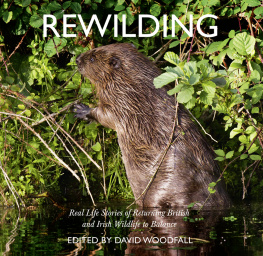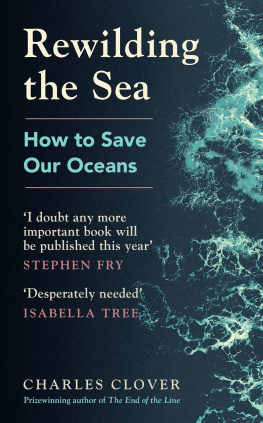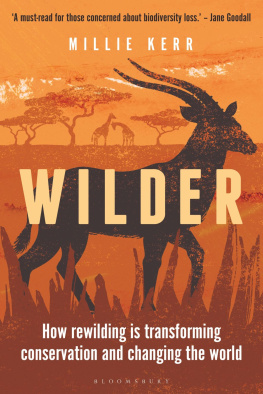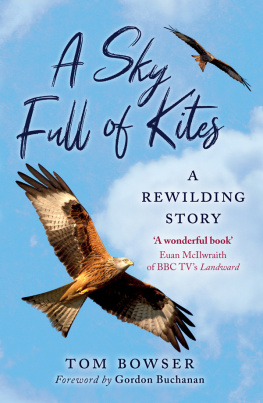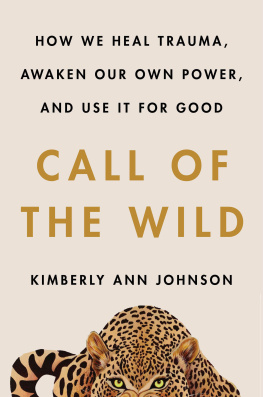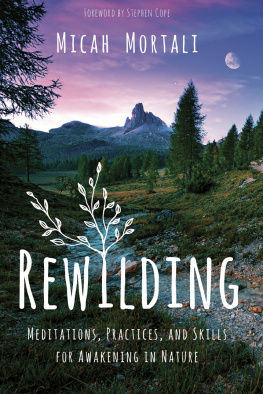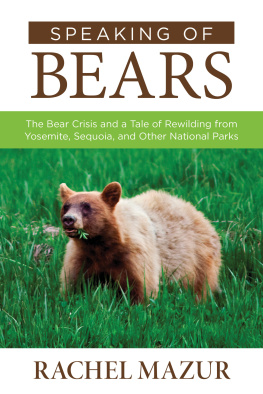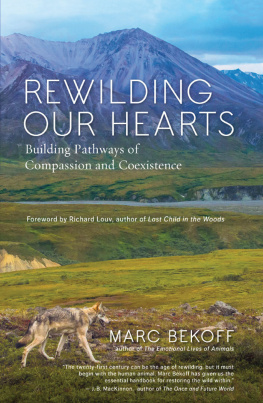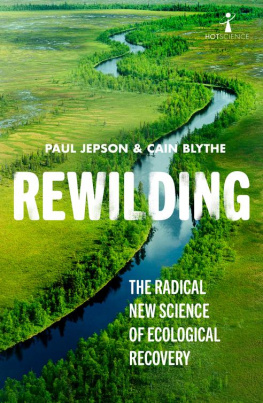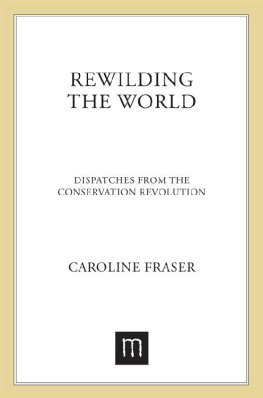David Woodfall asserts his moral right to be identified as the author of this work
A catalogue record for this book is available from the British Library.
All rights reserved under International and Pan-American Copyright Conventions. By payment of the required fees, you have been granted the non-exclusive, non-transferable right to access and read the text of this eBook on-screen. No part of this text may be reproduced, transmitted, downloaded, decompiled, reverse engineered, or stored in or introduced into any information storage and retrieval system, in any form or by any means, whether electronic or mechanical, now known or hereinafter invented, without the express written permission of HarperCollins Publishers.

Sheep on snowscape, Conwy, Wales.
Rewilding is a contested idea, and people have different views on what exactly it should aim to achieve. For me, two elements of rewilding are crucial. The first is that natural ecological processes should be allowed to run their course, whereby new species can colonise an area, or a new habitat develop which may, then, be replaced by a subsequent habitat. The second aspect is just as important, and this is that rewilding is something enacted by people, even where the intention is to leave nature to it. These people benefit from rewilding: this benefit might be spiritual, health-related or, indeed, economic. The overall goal is to kindle a more thoughtful approach to living on the Earth, and to support a move to more sustainable living.
This way of thinking has been around a long time. For example, in a book called Sharing the Work, Sparing the Planet by Anders Hayden, published in 1999, the author sets out a vision to enable us to achieve both greater sustainability and an enhanced quality of life. He argues that a lifestyle that is less rushed, more thoughtful and community-orientated could both enrich peoples lives at the same time as stopping us from degrading the life support which our planet now struggles to provide. This reflects my two themes: enriching nature and enriching peoples lives in the process.
The aim of this book is to show the many ways of being engaged in rewilding, and the great range of people who are helping to achieve it. I have visited a wide variety of places and spoken to many people, alone and in groups and within organisations, in the UK and Ireland. When I started out I had little idea how many people were actively rewilding. I recorded my impressions through photography photographs that trace the changing landscape across thousands of years, and the human timeline from stone beehive huts to contemporary homelessness. The significance of rewilding is illuminated in essays written by professionals in the fields of wildlife conservation, recreation, education, agriculture and forestry, and by the people actively involved in making rewilding successful. I hope the book will contribute to our understanding of the potential opportunities and benefits that rewilding offers, and to provide a practical guide for new communities to strive for better connected, satisfying and sustainable lives.
F OR T ESNI AND H ELEN WITH LOVE
Contents
Rewilding in the Context of the Conservation of Saproxylic Invertebrates
Keith Alexander
The Place of Rewilding in the Wider Context of Sustainability
Richard Moles

Colonising silver birch in glaciated valley, Alladale.
Following the end of the last Ice Age 10,000 years ago, Britain and Ireland began to colonise with birch and oak which, apart from mountain tops, became established in all of our islands. Rewilding, essentially a new concept, is the return to allowing nature to take its own course and carpet our islands once more in natural vegetation and its associated fauna. During the Mesolithic period (15,0005,000 bce ) this native forest was considerably modified by burning and felling. By the Middle Ages (500 ce onwards) the wildwood had been replaced by a mosaic of cultural landscapes, created by an ever-increasing population. The Enclosure Acts of the eighteenth century were swiftly followed by the Industrial Revolution, with its increasing demands on mineral and timber resources, and further modified our landscapes. Landscapes became empty of all of our major predators, such as wolves, and landscape modifiers such as the beaver. While our cultural landscapes contained wonderful chalk grassland grazed by huge flocks of sheep, numerous heathlands grazed by cattle and diminishing peat bogs harvested by crofters in the north and west, these landscapes were unrecognisable from their native state, much of their diversity and richness gradually stripped away. During the Industrial Revolution there was a rapid reduction in the number of people employed on the land and a consequent decline of rural communities. There were changes, too, affecting limestone pavements, peatbogs a reduction of sheep farming led to the depletion of chalk grassland. The last time our islands possessed any degree of biological richness was the 1930s, a richness that disappeared swiftly during the 1940s when World War II interrupted food imports, leading to a massive increase in lands given over to arable crops.
By the 1960s only a handful of intensively managed nature reserves contained a fraction of our previous flora and fauna, often isolated islands in an extensive agricultural prairie, where food production was continually supported by pesticides and chemical fertilisers, further diminishing our wildlife the future of peregrine falcons were threatened by the build-up of toxins in the food chain. In the US, scientists such as Rachel Carson began to draw the publics attention to such concerns and the environmental movement was born. This has subsequently led to the evolution of the rewilding movement, which I would define as allowing the natural succession from open ground to forest to take place, much in the way it happened 10,000 years ago. Essentially, to allow the landscape to develop in an organic way, opening up the full range of available niches for local species. However, much of the landscape of the UK and Ireland has been so severely modified that in many cases it is a challenge to allow rewilding to take place, as this process can lead to a short-term reduction in the existing diversity. In effect, the decision on the part of conservation organisations to cease management is a form of management in itself. Many of the priorities in conservation previously seen as set in stone will have to be carefully reconsidered. Further complications emerge from the significant changes being wrought on our landscapes, ecology and ourselves by climate change.

